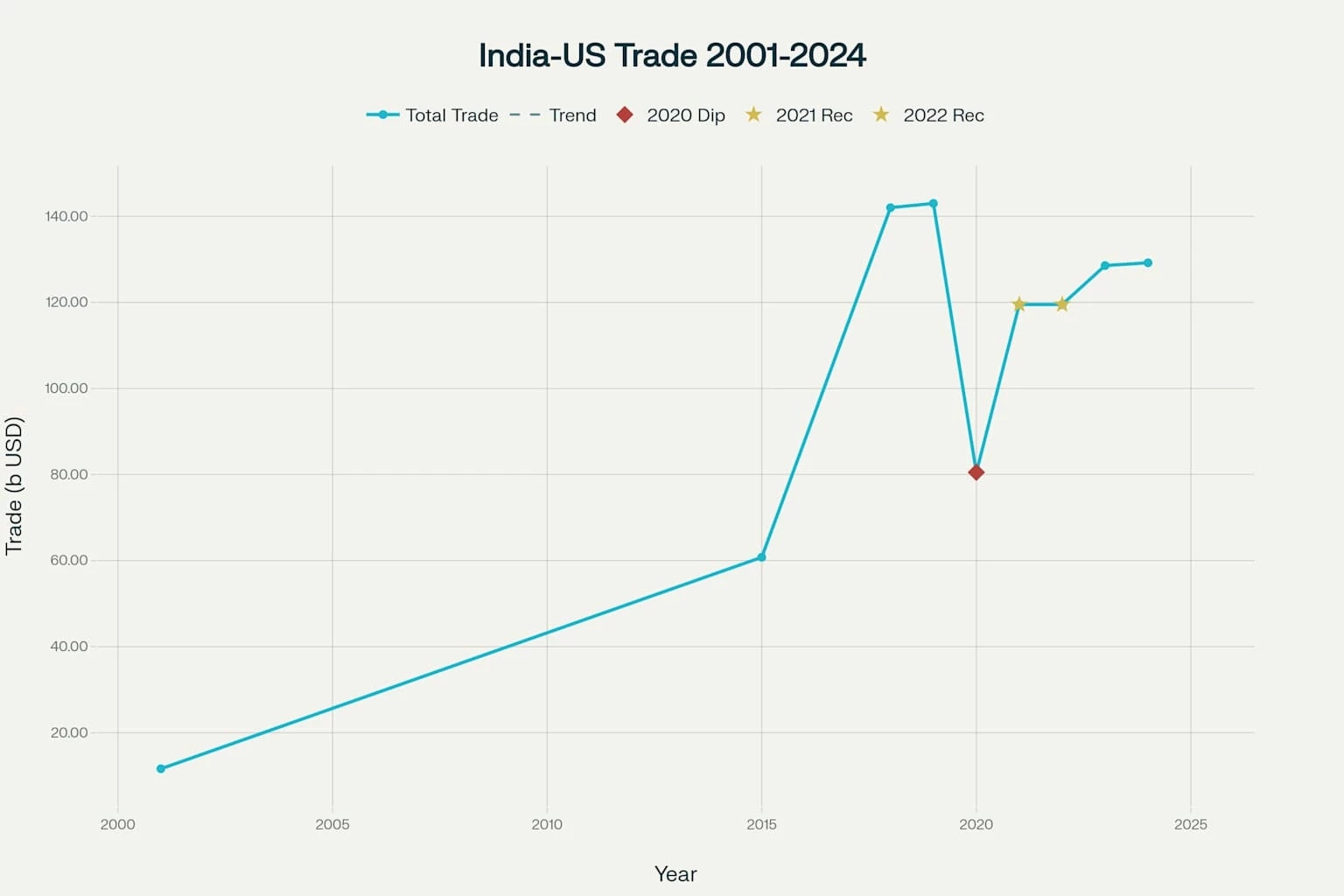Non Performing Assets

The definition of NPA has seen a journey in the form of amendments to its originally conceived definition and various constitutional challenges. RBI issued notification, DBOD No. BP.BC/ 20 /21.04.048 /2001-2002 defined NPA – Non Performing Assets, namely, Prudential Norms on Income Recognition, Asset Classification and Provisioning – Pertaining to Advances, which summarily defines the NPA as below:
Definition:
A non performing asset (NPA) is a loan or advance for which the principal or interest payment remained overdue for a period of 90 days.
Description:
- Substandard assets: Assets which has remained NPA for a period less than or equal to 12 months.
- Doubtful assets: An asset would be classified as doubtful if it has remained in the substandard category for a period of 12 months.
- Loss assets: As per RBI, “Loss asset is considered uncollectible and of such little value that its continuance as a bankable asset is not warranted, although there may be some salvage or recovery value.”
Historical Journey of the definition of NPA
That the Concept of NPA has seen a journey from its original definition to what it stands today.After a decade of working of the “The Recovery of Debts due to Banks and Financial Institutions Act, 1993” (“RDDBI Act”), it was felt that RDDBI Act was unable to achieve the desired result of efficiently recovering monies from the borrowers. This led to the enactment of “The Securitization and Reconstruction of Financial Assets and Enforcement of Security Interest Act, 2002” (“SARFAESI Act”) in the year 2002, with an attempt to revamp the slow pace of recovery of defaulting loans and mounting levels of non-performing assets of banks and financial institutions. The SARFAESI Act provides the “Secured Creditor”, the right to enforce the security without the intervention of either the court or tribunal by following the procedure prescribed under Section 13 of the SARFAESI Act. Thereafter, the constitutional validity of SARFAESI Act was challenged in Mardia Chemicals Ltd. & Others v. Union of India & Others1 and the Supreme Court of India (“Supreme Court”) upheld the constitutional validity of SARFAESI Act save that of sub-section (2) of Section 17.2
Amendment to Section 2(1) (o) of the SARFAESI Act
Section 2(1) (o) of the SARFAESI Act defines “non-performing assets” (“NPA”) and the said definition came to be amended in 2004.3 The amended definition has been the bone of contention in various high courts across the country. While Gujarat High Court by a common judgment dated April 24, 2014 held that the amended Section 2 (1) (o) of the SARFAESI Act is unconstitutional, on the other hand, in another common judgment dated May 18, 2014, the Madras High Court rejected the challenge. Hence, aggrieved parties (i.e. borrowers or the secured creditors) filed various writ petitions invoking Article 32 of the Constitution before Supreme Court.
Constitutionality Of The Amended Definition Of NPA Upheld
- Supreme Court upholds the constitutional validity of amended definition of “non-performing assets” under SARFAESI Act;
- Supreme Court holds that the function of prescribing the norms for classifying a NPA is not an essential legislative function and since all creditors do not form a uniform/homogeneous class, therefore by prescribing different norms for the identification of a NPA with reference to different creditors, does not amount to unreasonable classification;
- Supreme Court provides much required clarification as there existed conflicting decisions by two different High Courts on the constitutional validity of the amended definition of NPA.
- Recently, by a common judgment in Keshavlal Khemchand and Sons Pvt Ltd & Ors v. Union of India & Ors, the Supreme Court decided on the writ petitions and has upheld the constitutionality of the amended definition of NPA under the SARFAESI Act.
Definition of NPA
| The Securitisation and Reconstruction of Financial Assets and Enforcement of Security Interest Act, 2002 | The Enforcement of Security Interest and Recovery of Debts Laws (Amendment) Act, 2004 |
| 2. Definitions
(1) In this Act, unless the context otherwise requires: (o) “Non-Performing Asset” means an asset or account of a borrower, which has been classified by a bank or financial institution as sub-standard, doubtful or loss assets, in accordance with the directions or under guidelines relating to assets classification issued by the Reserve Bank. |
2. Definitions
(1) In this Act, unless the context othe rwise requires: (o) “Non-Performing Asset” means an asset or account of a borrower, which has been classified by a bank or financial institution, as sub-standard, doubtful or loss asset.- (a) In case such bank or financial institution is administered or regulated by any authority or body established, constituted or appointed by any law for the time being in force, in accordance with the directions or guidelines relating to assets classifications issued by such authority or body; (b) In any other case, in accordance with the directions or guidelines relating to assets classifications issued by the Reserve Bank. |
Brief proceedings before Madras High Court
Madras High Court rejected the submission that the amended definition suffers from the vires of excessive delegation on the following premises:
- In the year 1992, Reserve Bank of India (“RBI”) introduced the prudential norms of “income recognition, asset classification, provisioning and other related matters” and such norms were revised periodically keeping in mind various developments in the banking system, both nationally and internationally.
- RBI in exercise of the statutory authority under Sections 21 and 35A of the Banking Regulation Act, 1949 prescribes norms for the various aspects of banking specified under the SARFAESI Act.
- Parliament while defining a non-performing asset under Section 2 (1) (o) of the SARFAESI Act only adopted the norms prescribed from time to time by the RBI for the purpose of identifying the NPA.
Brief proceedings before Gujarat High Court
Gujarat High Court (“Gujarat HC“) opined that the amended definition of the expression “NPA” creates two classes of borrowers and in this context, while one class of borrowers are governed by the guidelines issues by the RBI, the other class of borrowers are governed by the guidelines issued by different authorities4. Gujarat HC relying on the statement of objects and reasons of the SARFAESI Act, held that the Parliament deviated from the original aims and objects propounded by it. It also took note of the fact that Supreme Court in Mardia Chemicals repelled the attack on the original definition of a NPA on the ground that the creditors are bound by the policy guidelines issued by the RBI, and therefore, there is no possibility of the creditors arbitrarily or whimsically classifying the account of any borrower as a NPA. Accordingly, it was concluded that the deviation from the original objects and reasons would be violative of Article 14 of the Constitution of India.
Issues
The issue before Supreme Court was to test the constitutional validity of the definition of NPA. In particular, the Supreme Court examined the following aspects:
- Whether by delegating the responsibility to an authority or body to frame the guidelines for asset classification under the amended definition of NPA amounts to delegation of essential legislative function?
- Whether the different standards for arriving at the definition of NPA (in effect the differentiation between two classes of borrowers) amounts to a violation of Article 14 of the Constitution?
Contentions
Petitioner:
The Petitioner submitted that:
- by authorizing various bodies to frame guidelines for classifying borrower’s account as “NPA“, the same abdicated Parliament’s essential legislative function by making an excessive delegation;
- the un-amended Section 2(1)(o) of the SARFAESI Act provided an uniform standard for classification of “NPA” by applying the guidelines issued by the RBI, while the amended provision enables different Creditors to adopt different guidelines prescribing different standards for NPA classification. Such an amendment is violative of Article 14 of the Constitution of India as it amounts to a class legislation forbidden by Article 14 of the Constitution;
- The SARFAESI Act recognizes the possibility of acquisition of a “financial asset” of a Creditor by either a “securitization company” or a “reconstruction company” creating uncertainty in the application of the guidelines appropriate for classification of an account of a borrower as a NPA and purely depending on who the current holder of such financial asset is when the proceedings under Section 13 are sought to be invoked.
- The SARFAESI Act does not provide for a reasonable opportunity to demonstrate that the classification of the borrower’s account as a NPA is untenable, the power to make such a classification itself becomes arbitrary and violative of Article 14 of the Constitution.
Respondent:
The Respondent submitted that:
- the assessment of an account of borrower as NPA depends upon innumerable factors which constantly keep changing, as a result it was deemed fit that such assessment should be made in light of the guidelines made by either the RBI or various other regulators regulating the activities of various creditors. There is no delegation of any essential legislative functions.
- the classification of NPA to be made on the basis of the guidelines framed by different bodies regulating different creditors is not constitutionally permissible having regard to the nature of the different credit facilities extended by various creditors to different categories of borrowers and on different terms and conditions.
- even assuming that assets are acquired either by a secularization company or a reconstruction company and therefore governed by guidelines other than those promulgated by the RBI, it has not been demonstrated that such guidelines are less favourable to the borrowers than the guidelines prescribed by RBI.
Judgment
Supreme Court upheld the amended definition of NPA considering the below mentioned aspects and analyzing them at length.
- First, Supreme Court observed that if NPA is sought to be defined and holistically made applicable to millions of cases of loan transactions of various categories of loans and advances, lent or made by different categories of Creditors for all times to come, it would not only be an impracticable task but could also simply paralyse the entire banking system thereby producing results which are counter productive to the object and the purpose sought to be achieved by the SARFAESI Act. Realizing the same, the Parliament left it to the RBI and other regulators to prescribe guidelines from time to time in this regard.
- Second, the Supreme Court held that the function of prescribing norms for classifying a borrower’s account as a NPA is not an essential legislative function. According to Supreme Court, Parliament is only stipulating that the expression “NPA” must be understood by all the Creditors in the same sense in which such expression is understood by the expert body i.e., the RBI or other Regulators which are in turn is subject to the supervision of the RBI. Supreme Court held that the amended definition of NPA is not bad on account of excessive delegation of essential legislative function.
- Third, Supreme Court held that it is not necessary that legislature should define every expression it employs in a statute. If such a process is insisted upon, legislative activity and consequentially governance comes to a standstill. Supreme Court observed that if a statute does not contain the definition of a particular expression employed in it, it becomes the duty of the courts to expound the meaning of the undefined expressions in accordance with the well-established rules of statutory interpretation.
- Finally, Supreme Court held that as all the creditors do not form a uniform/homogeneous class, and therefore by prescribing different norms for the identification of a NPA with reference to different creditors does not amount to unreasonable classification. According to Supreme Court, there are innumerable differences among the creditors based on the legal structure of the creditors’ organization, differences based upon the nature of the loan advanced by them, and differences based on the terms and conditions subject to which such loans or advances are made by each of those creditors, etc.
Analysis
This is a landmark decision by the Supreme Court so far as it provides clarification on the conflicting approaches taken by various High Courts while deciding on the constitutional validity of the amended definition of NPA under the SARFAESI Act. The decision of the Supreme Court is well reasoned and based on the premise that there is a need for some amount of delegated legislation in the modern world considering the banking norms and guidelines laid down by various regulatory bodies for different class of creditors. Supreme Court`s analysis towards upholding the constitutional validity of the amended definition of NPA, while relying on the classification protected under Article 14 of the Constitution and principles of administrative law is appealing to say the least. More importantly, the Supreme Court has once again opined that the powers delegated to RBI for rule making are consistent with Section 21 and 35-A of the Banking Regulation Act, 1949.
Footnotes
- 2004 4 SCC 311
- Subsequently, Section 17 (2) was amended by The Enforcement of Security Interest and Recovery of Debts Laws (Amendment) Act, 2004
- The Enforcement of Security Interest and Recovery of Debts Laws (Amendment) Act, 2004
- Extract from Gujarat High Court Judgment: “23. Thus, borrowers are divided into two different classes; First, the borrowers in respect of the Banks and Financial Institutions which are administered or regulated by an authority or body established, constituted or appointed by any law for the time being in force, and in those cases, it will be for that authority or body to frame the guidelines for asset classification and, secondly, the borrowers in respect of all other cases not covered by clause (a), and in respect of those cases, it will be in accordance with the directions or guidelines issued by the Reserve Bank for asset classification.













